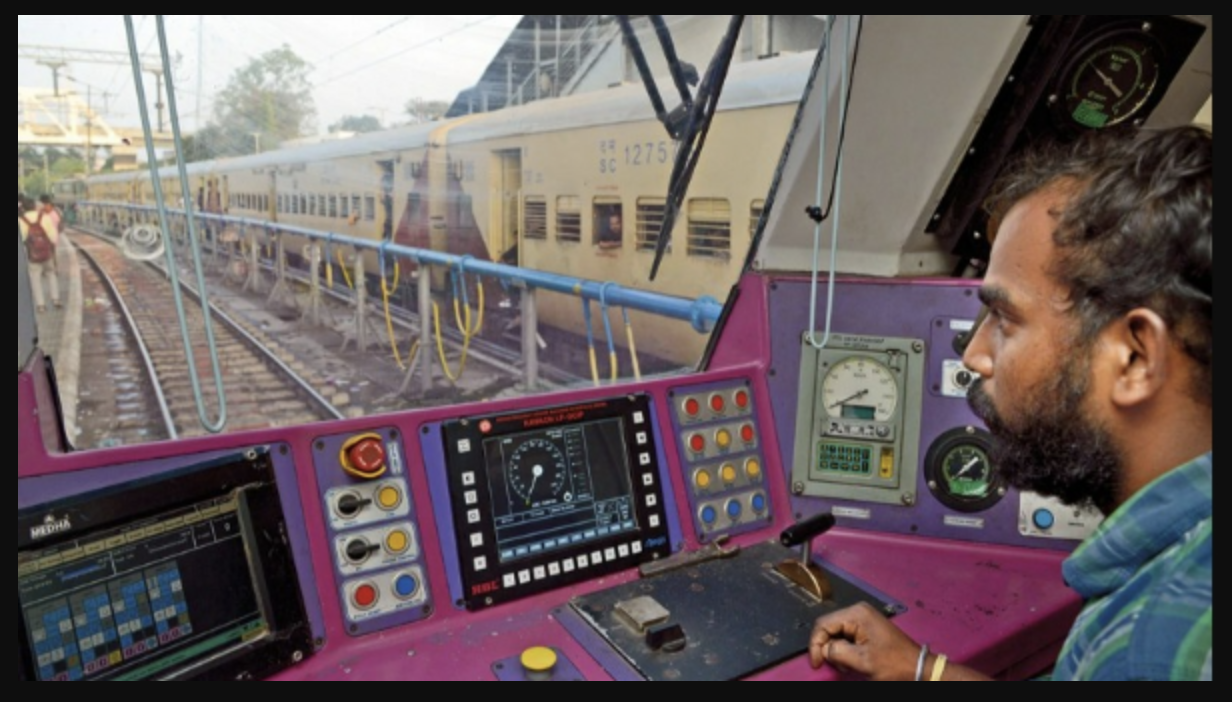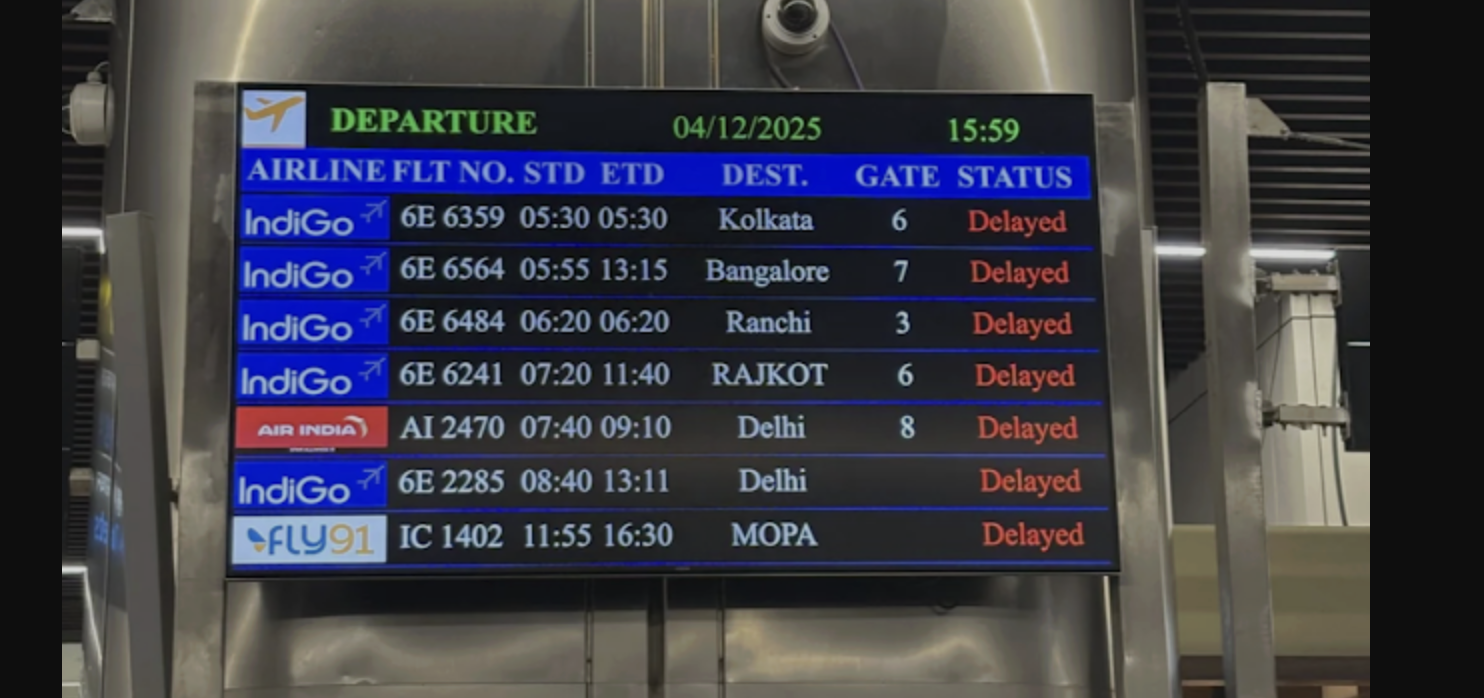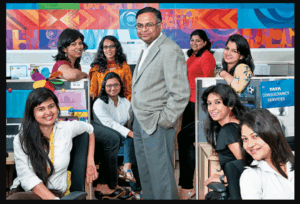India, with a population of over 1.4 billion, has a small segment of people who actively spend on non-essential goods, according to a report by Blume Ventures. It states that only about 130-140 million Indians are part of the “consuming class,” possessing enough disposable income for discretionary spending. This group’s consumption is vital to India’s GDP, forming the target market for most startups. Additionally, around 300 million people are categorized as “emerging” consumers, gradually spending more due to digital payment convenience, though they remain cautious. However, approximately 1 billion Indians do not have the income for such discretionary purchases, making them largely irrelevant to startups.

India’s Economic Divide: Premiumisation, Declining Middle Class, and Rising Inequality
The report highlights a trend of “premiumisation,” where businesses focus on high-end products for wealthier consumers, as evident in the rise of luxury goods like homes and smartphones. In contrast, affordable options are losing market share. This shift mirrors India’s “K-shaped” economic recovery post-pandemic, where the rich continue to thrive while the poor see their purchasing power decline. The top 10% now control 57.7% of national income, a significant increase from 1990, while the bottom half’s share has shrunk.
A consumption slowdown is exacerbated by declining savings and rising debt. The Reserve Bank of India’s tightening of rules on unsecured lending, which previously fuelled consumer spending, will likely reduce overall consumption. Additionally, the shrinking middle class, a key driver of consumer demand, faces stagnated wages and dwindling savings. A report from Marcellus Investment Managers reveals that the middle 50% of India’s tax-paying population has seen little to no income growth over the past decade.
AI and Automation: Disrupting India’s Job Market and Labour-Intensive Economy
The rise of AI and automation is further threatening the job market, particularly white-collar positions. As automation replaces clerical and supervisory roles, India’s labour-intensive economy could face significant disruption. The Economic Survey 2025 highlights these challenges, urging the government, private sector, and academia to collaborate for inclusive growth and to prepare for AI’s long-term impact.











